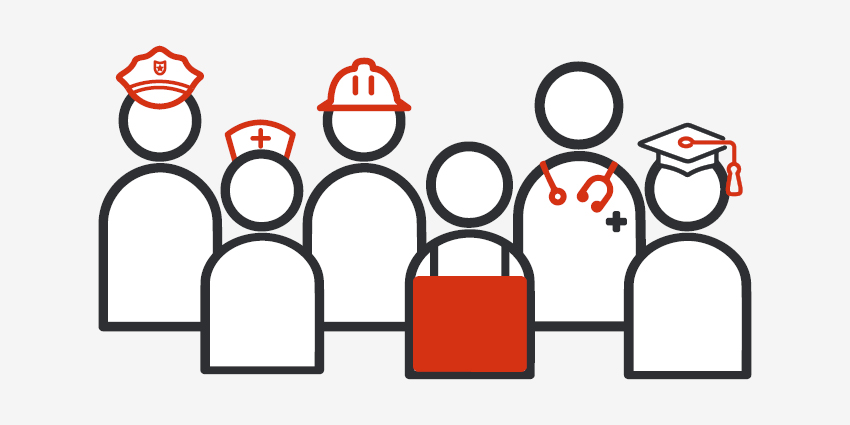
Western Australia will move to very high caseload settings from 12.01am, Thursday 10 March, to ensure continuity of operations for critical industries as COVID-19 cases approach the peak.
Critical workers
Based on the latest health advice, businesses that have registered their critical workforce will have the options of implementing new testing and isolation protocols for critical workers, if needed, to continue essential operations.
As announced in January, the critical worker definition is essential to maintain critical services and avoid catastrophic losses, such as loss of life, ongoing access to care and essential goods and workplace safety.
The definition of a critical worker in WA is someone whose role cannot be undertaken at home who:
- performs a role that is critical to the COVID-19 response, or continuation of critical services that prevent significant harm (e.g. loss of life, catastrophic impacts to safety or welfare, lack of access to essential goods) to an individual or the community; or
- performs a role that is necessary for the safe continuation of services and/or has specialist skills in specified industries deemed critical.
These critical workers who are asymptomatic close contacts can attend work, if mutually agreed between employer and employee, with the following protocols:
- record a daily negative RAT prior to attending or on arrival at the workplace;
- wear a surgical mask outside your home and in the workplace, and travel alone, if possible;
- when not at work, you must self-isolate;
- if symptoms ever develop, you must follow symptomatic close contact protocols;
- if a RAT is positive, you must follow confirmed positive case protocols.
Workplaces are required to determine any critical roles based on the guidelines and register this information online.
Schools and childhood education
In addition, under the very high caseload settings, students in school or early childcare who are asymptomatic but have been identified as a close contact under the existing definitions (but not a household close contact), will be able to continue attending school or childcare and benefit from face-to-face learning.
The school-based close contact protocols allow asymptomatic students in school or childcare to attend school, childcare, after-school care and other school-based sporting, cultural training or after school events at the students’ school, but self-isolate at all other times until the seven days has passed. This does not include attending other social, cultural or community sporting activities not based at the asymptomatic students’ school.
Schools and early childhood can utilise the critical worker definitions for staff, if necessary.
To assist with meeting the critical worker requirements, RATs have been distributed to public and non-government schools across WA for use by asymptomatic staff identified as close contacts who agree to return to work.


